Optimal Timing for Bush Hoggings
Bush Hoggings is a vital agricultural practice used to manage overgrown fields, control invasive plants, and prepare land for planting or pasture. Timing plays a crucial role in maximizing the effectiveness of bush hogging, influencing crop yields, soil health, and equipment efficiency.
Ideal for clearing new growth and preparing fields for planting. Typically performed after the last frost.
Used to control weeds and manage overgrowth during peak growing season, usually when plants are actively growing.
Effective for clearing residual vegetation and preparing land for winter or next planting season.
Less common, but can be used in mild climates to manage woody growth and maintain land.
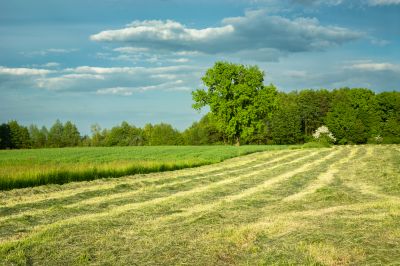
A field being cleared during spring for planting season.
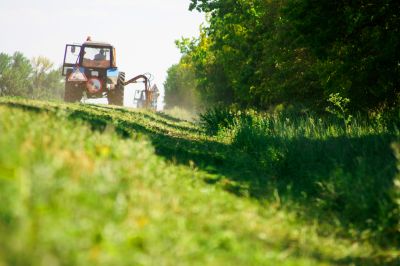
Overgrown pasture being managed mid-season.

Land being prepared for winter with bush hogging.
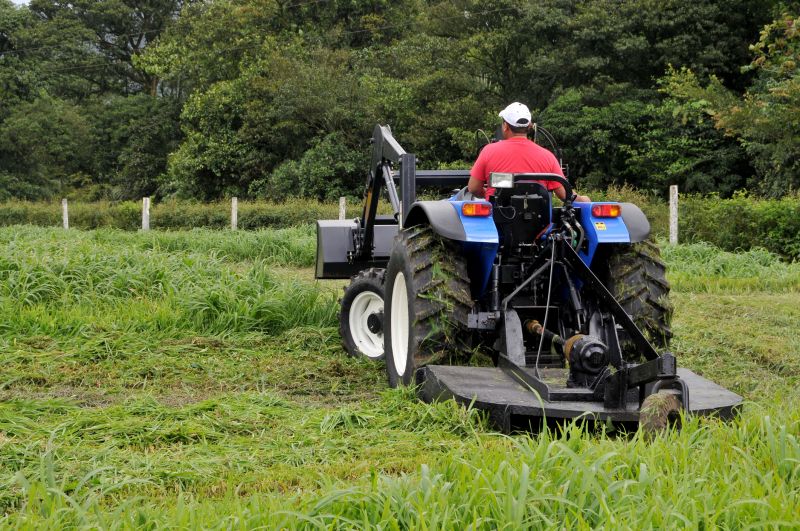
Ways to make Bush Hoggings work in tight or awkward layouts.
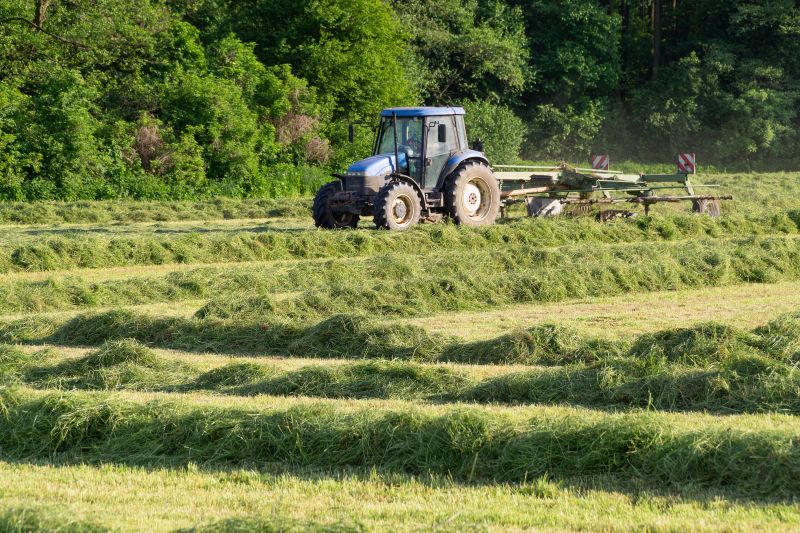
Popular materials for Bush Hoggings and why they hold up over time.
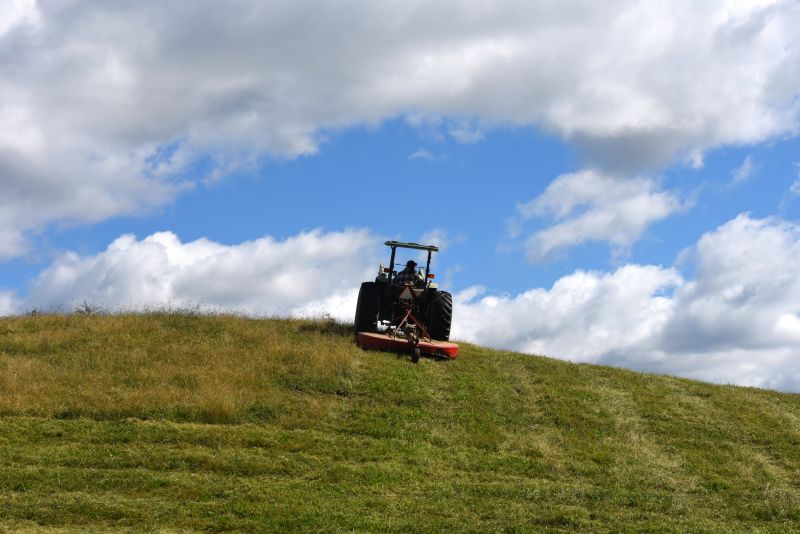
Simple add-ons that improve Bush Hoggings without blowing the budget.
| Season | Best Practices |
|---|---|
| Spring | Perform after last frost; remove new growth to prepare soil. |
| Summer | Control weeds; manage overgrowth during active growth. |
| Fall | Clear residual vegetation; improve soil conditions for winter. |
| Winter | Manage woody growth in mild climates; less frequent. |
| Post-Rain | Ideal for softer vegetation; improves cutting efficiency. |
Bush Hoggings involves using specialized rotary cutters to manage overgrown land, control invasive species, and maintain pasture health. Proper timing ensures optimal land management, reduces weed proliferation, and supports agricultural productivity. The choice of timing depends on local climate, vegetation type, and land management goals.
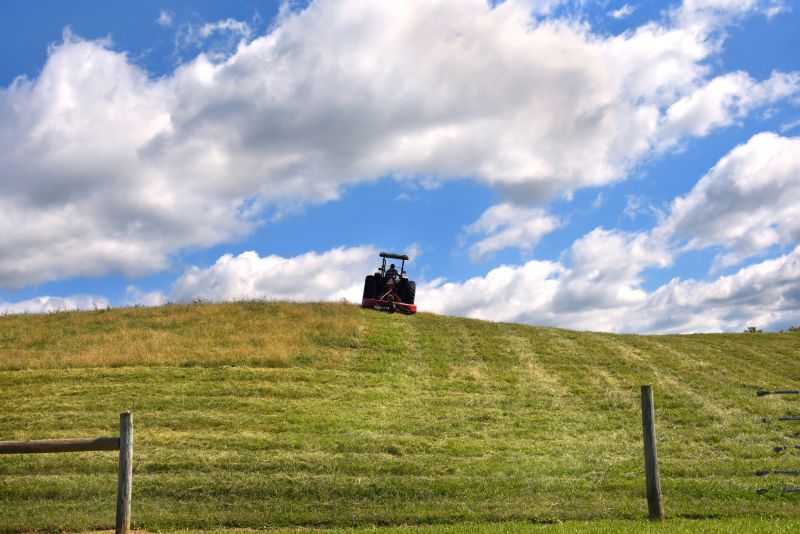
A field before bush hogging to control invasive plants.
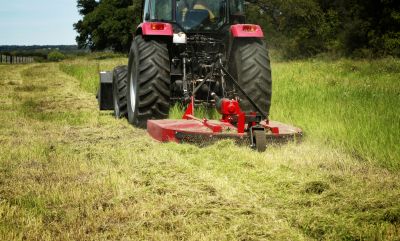
Cleared land ready for planting or pasture.
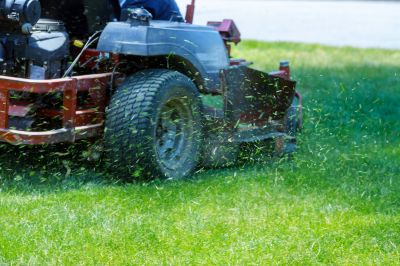
A rotary cutter performing bush hogging on a pasture.
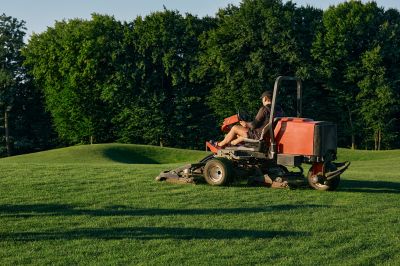
Regular bush hogging to maintain land quality.
Timely bush hogging supports land management objectives by promoting healthy growth, reducing fire hazards, and maintaining accessibility. It is an essential component of sustainable land use practices, especially in rural and agricultural settings.
Interested in scheduling bush hogging services? Contact today to discuss options and determine the best timing for specific land management needs.
